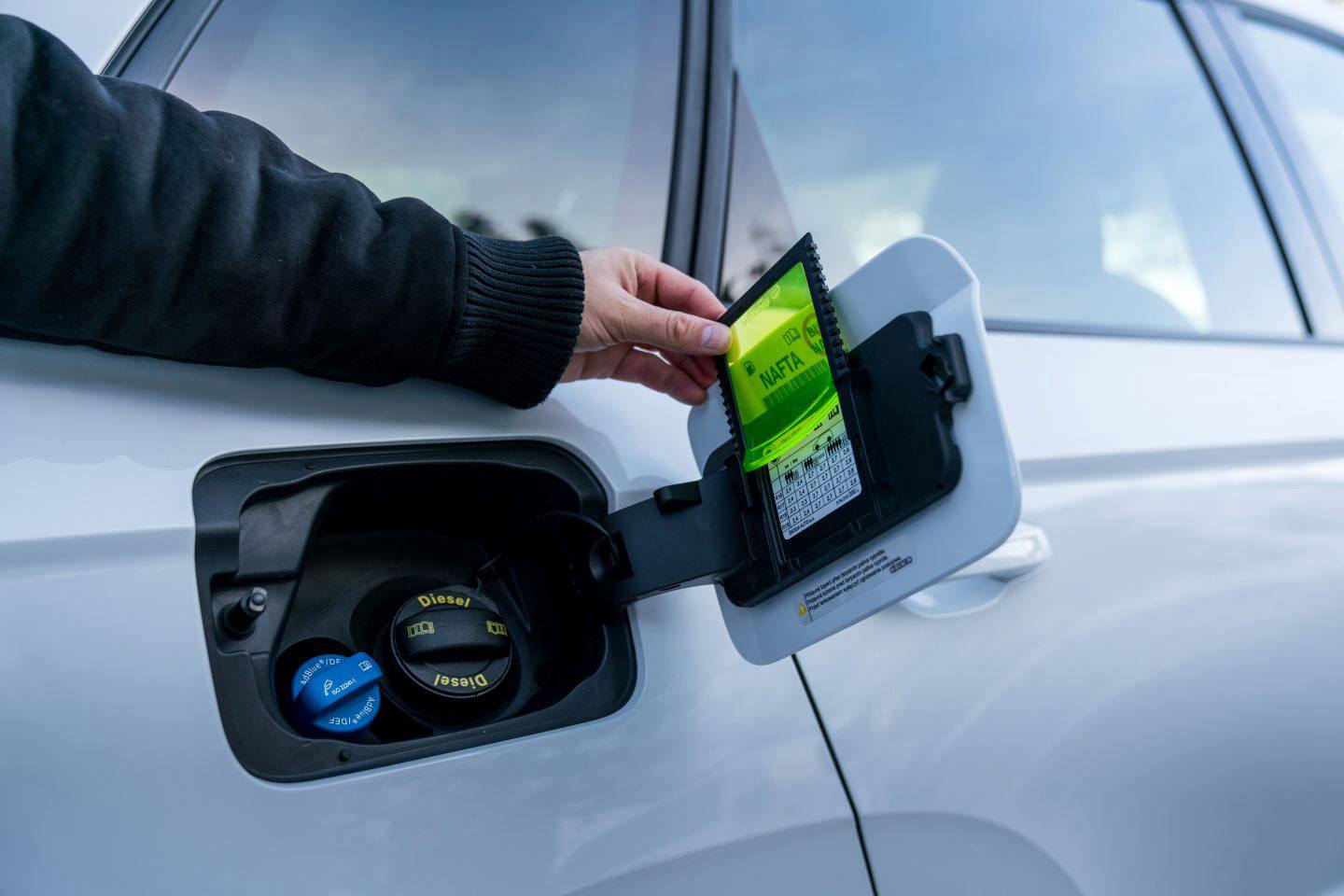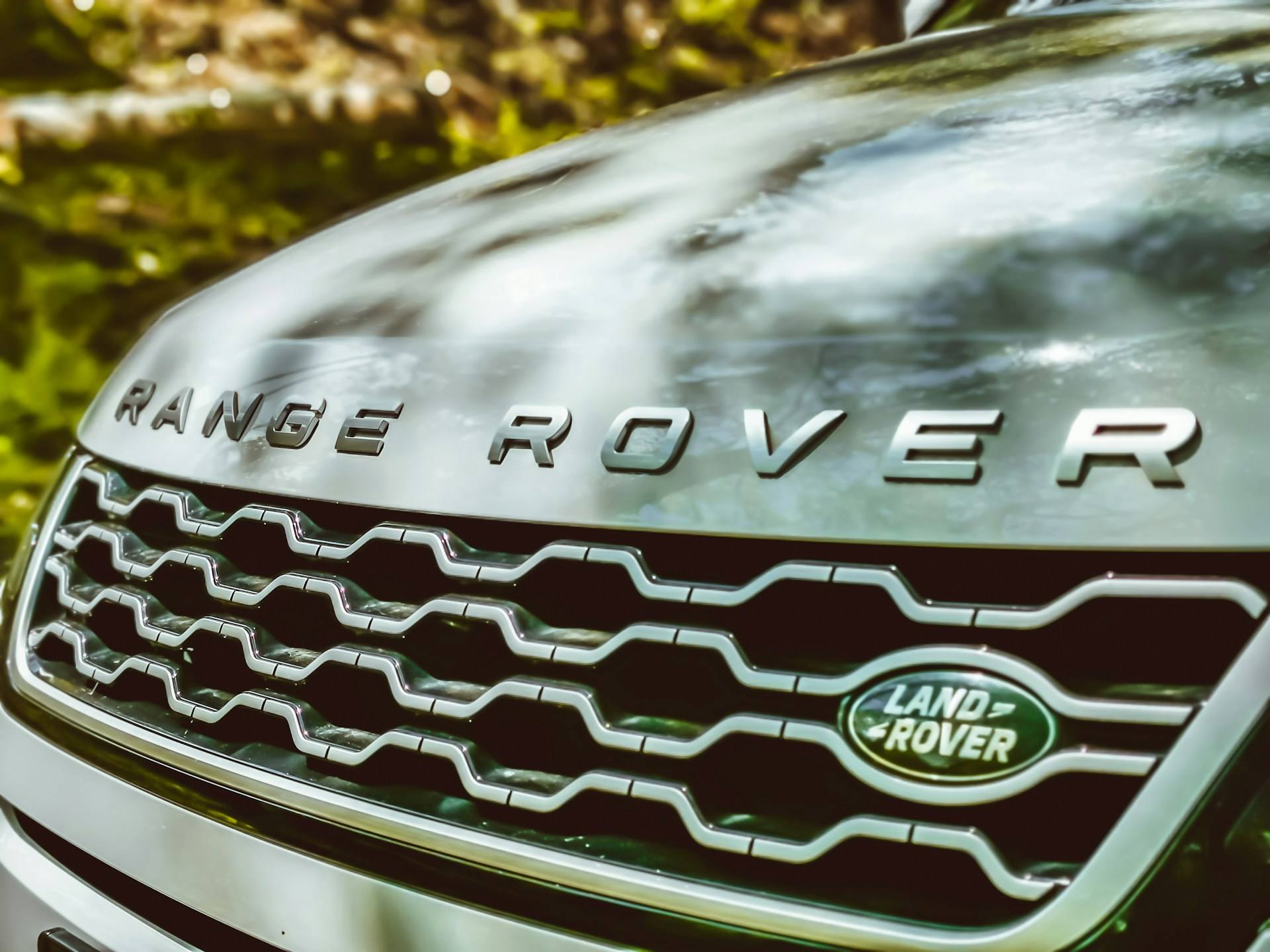Land Rover Discovery vs Range Rover
By Alex | 25th April 2024
Mon-Fri 9am to 5.30pm
Catch all the latest news from Nationwide Vehicle Contracts from leasing information and car launches to international shows, FAQs and more.

By Fergus | 23rd April 2024
Explore our list of top 5 car accessories that blend cool, quirky, and practical. A must-read for every car enthusiast

By Alex | 25th April 2024
Nationwide Vehicle Contracts compares the Land Rover Discovery and the Range Rover.